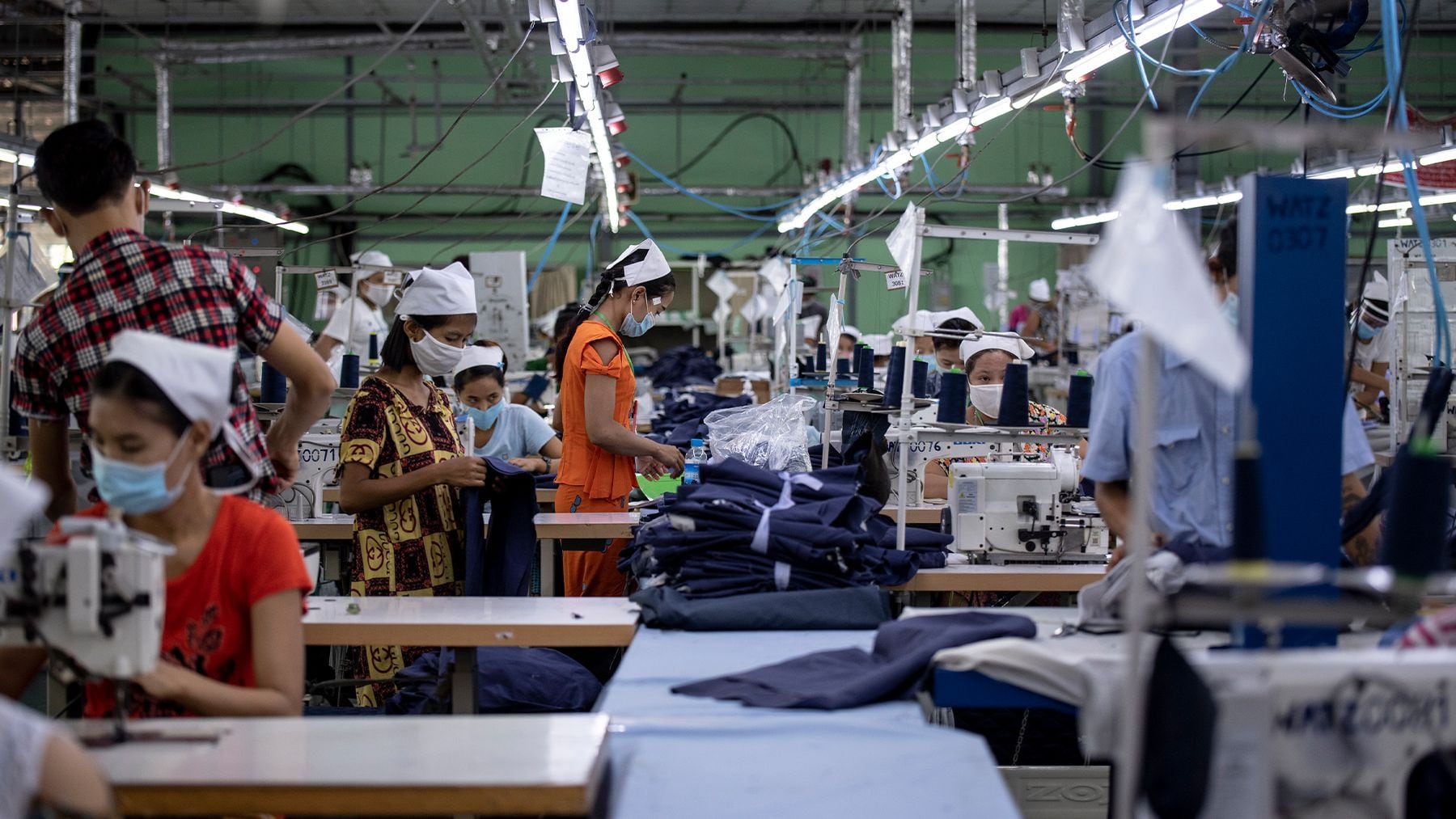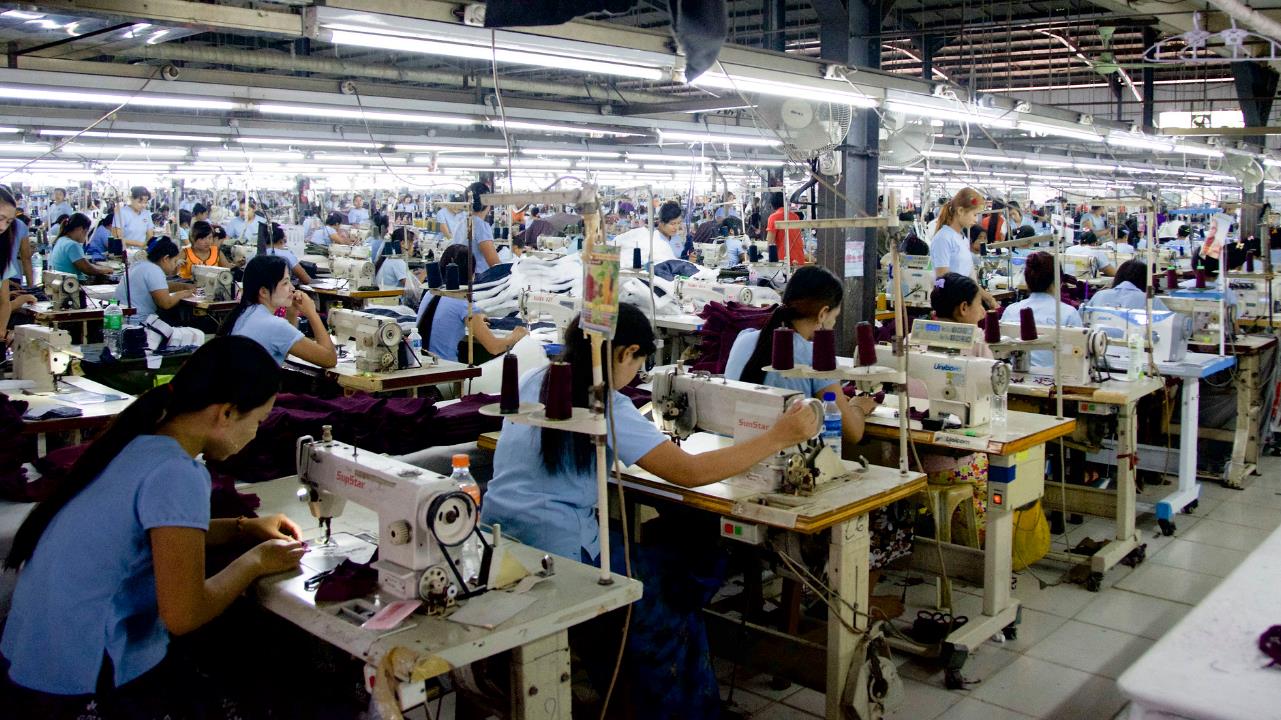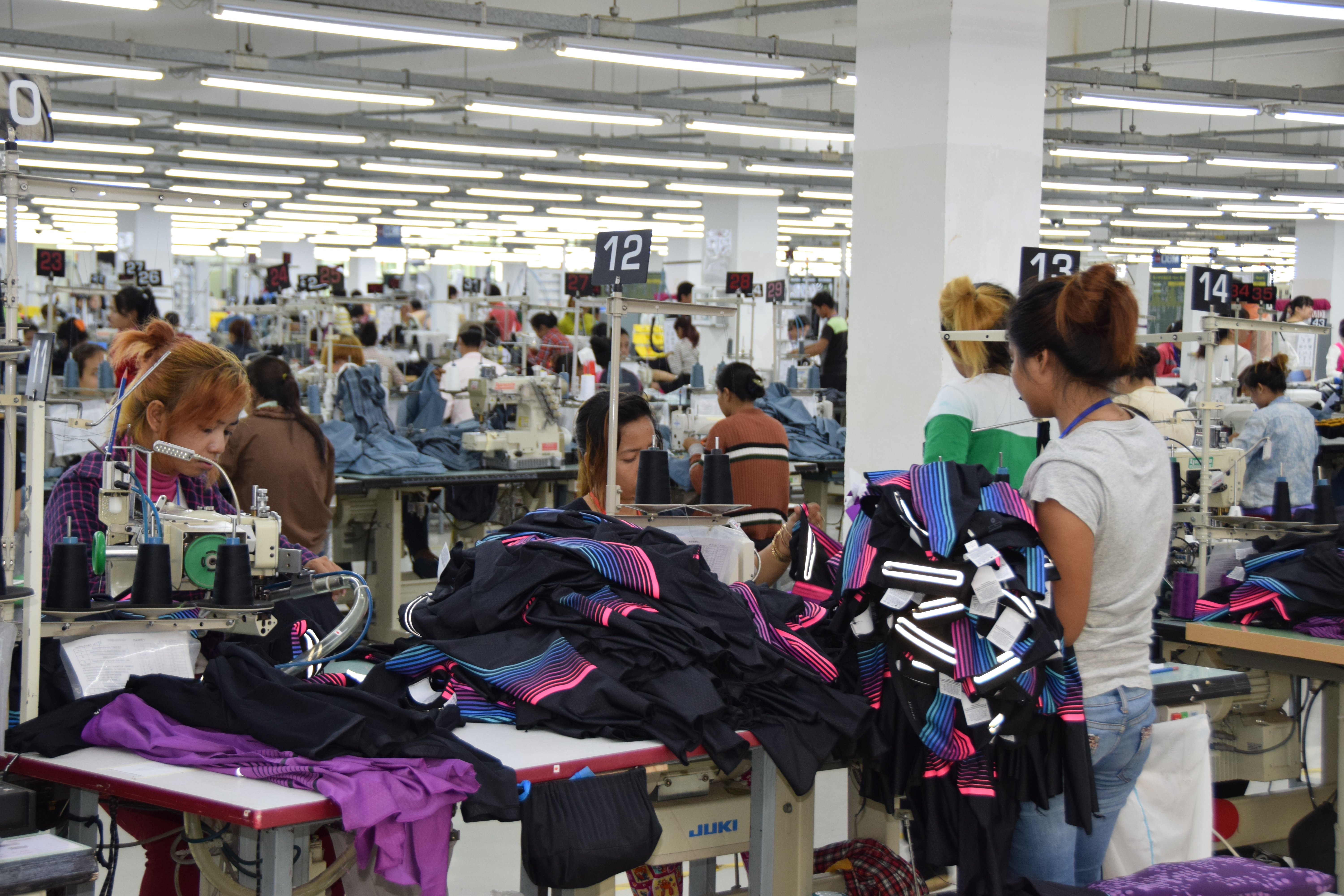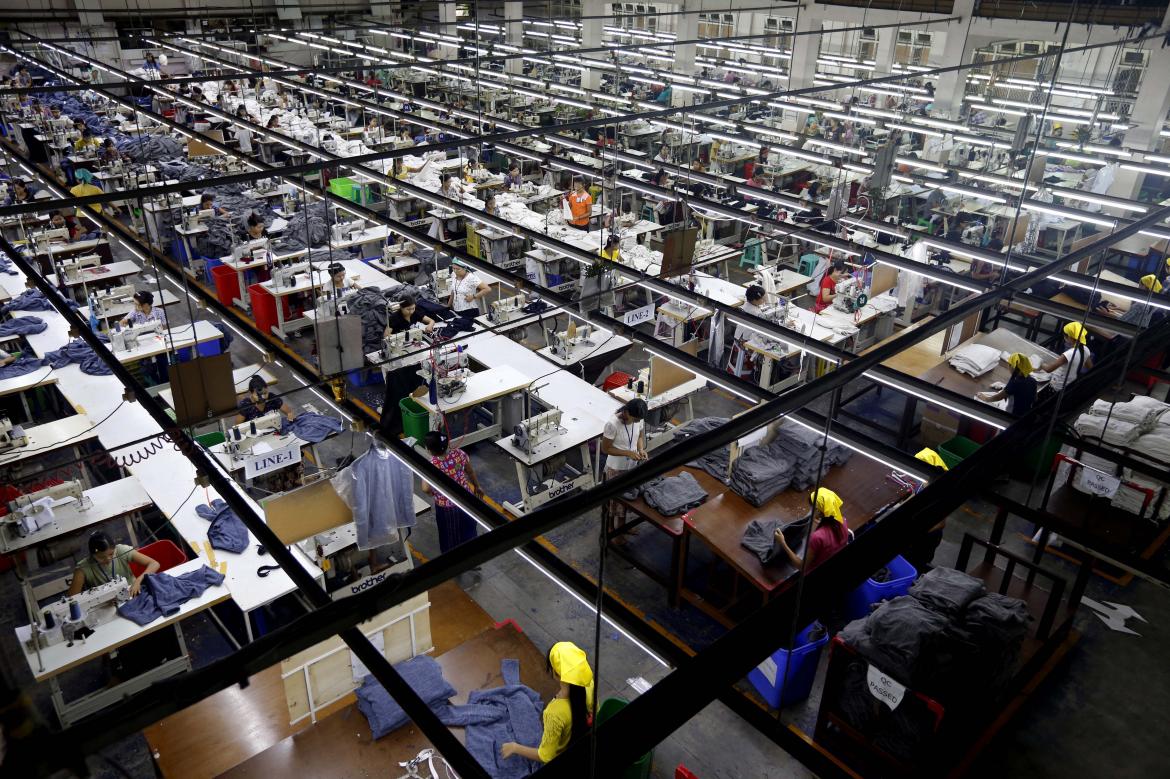Myanmar’s Labour Pangs May Lead to Gains for India 2023

Myanmar’s Labour Pangs May Lead to Gains for India 2023
The Swedish clothing giant H&M’s decision to gradually stop using factories in Myanmar for their garment production has drawn attention to nearby markets like India, enticing international retailers to source more from the nation.
According to Reuters, Hennes & Mauritz AB, often known as H&M Group, said on Thursday that it will gradually stop producing in Myanmar after reports of worker exploitation at several of the nation’s garment factories surfaced. H&M will follow Zara, a competitor whose parent company Inditex previously announced that it was ceasing to make purchases from the South East Asian nation.

Retail analysts estimate that roughly 10 to 15 per cent of the clothing fast-fashion companies like Zara and H&M need comes from Myanmar. Since Asia has historically played a significant role in these global businesses’ operations, experts warn that these brands may need to find alternatives outside Asia for their sourcing requirements.
Due to the availability of labour, the abundance of small, medium, and large garment manufacturers, supportive policies, and competitive production costs, apparel and fast-fashion brands also source from markets outside of Myanmar, including Bangladesh, China, Vietnam, Thailand, Cambodia, Indonesia, Sri Lanka, and India.
According to some analysts, India only makes up approximately 3-5% of the Asian nations that global businesses source from, while there is room for expansion.
While India is no longer a hotspot for low-cost clothes production like Bangladesh, it is still a sizable local market that is difficult for international brands to ignore, according to Rahul Mehta, president of the Clothing Manufacturers Association of India (CMAI), the country’s highest organization of clothing manufacturers.

“Global majors want to source more locally and use India more for manufacturing than previously. One explanation for this is the growing concern and scepticism they experience in several South East Asian nations due to the geopolitical environment and the expanding worker exploitation problems. He adds that their local aspirations are related to the demand for local sourcing.
Wazir Advisors, a Gurugram-based retail consultancy, estimates that the domestic apparel market is five to six times the export market, at about $80-100 billion, even though India exports around $16 billion worth of apparel and is the fourth-ranked apparel exporter in the world after China, Bangladesh, and Vietnam.
According to the consultant, both global and Indian businesses have increased their manufacturing in the nation as they aim to keep prices down. For instance, according to the existing FDI rules for single-brand retail, the CEO of fast fashion retailer Uniqlo India Tomohiko Sei, stated last week that the firm was on pace to reach 30% local sourcing.
The existing regulations allow 100% FDI in single-brand retail commerce with the caveat that 30% of all purchases must be made locally to support MSMEs.
The Japanese store presently collaborates with 17 sewing facilities and six fabric mills in India; as its footprint grows, this number may rise. With two additional locations in Mumbai, the firm will have 12 outlets nationwide by the end of the 2023 calendar year.
H&M India, on the other hand, has announced that it would open six additional stores during the current calendar year, bringing its total number of locations from 51 to 57.

Yanira Ramirez, the business’s country sales manager, stated that H&M saw India as a growing market and that the company was trying to expand its online and offline operations as part of a more extensive omnichannel strategy.
While maintaining a more measured approach to shop openings in India, Zara operates roughly 20 stores there. Nevertheless, according to the most recent annual report from Indian joint venture partner Trent, the brand continues to be the most lucrative of the fast-fashion companies in India, with revenues of Rs 2,562.50 crore in FY23, an increase of 40.42% yearly. According to Trent’s annual report, Zara’s earnings in India increased 77.66% YoY to Rs 264.30 crore for the fiscal year that ended on March 31, 2023.
H&M India reported revenue of Rs 2,115.18 crore for FY22, up 49% from the previous year, and a profit of Rs 25.29 crore, according to statistics from business intelligence platform Tofler. Uniqlo India and H&M India have yet to release their FY23 results.
In contrast, Uniqlo India reported revenue of Rs 391.7 crore in FY22, an increase of over 64% from the prior fiscal year. Data from Tofler indicates that the company had a net profit of Rs 21.5 crore in FY22 for the first time since it started doing business in 2019.
Myanmar, a Southeast Asian nation sharing its border with India, has been experiencing significant labour unrest since the military coup in February 2021. This internal strife has created ripples in the region’s labour market and trade dynamics, particularly in India. This article explores how Myanmar’s labour pangs might result in potential gains for India regarding trade, industry, and geopolitics.

The political crisis in Myanmar led to widespread protests and civil disobedience. Businesses have faced significant operational disruptions due to strikes and general unrest. The labour market is in shambles, with factories closed and workers unemployed or hiding due to fear of persecution. Foreign companies have hesitated to invest, worsening the unemployment crisis further.
As companies look for alternatives to the uncertain business environment in Myanmar, India could become an attractive destination for relocating businesses:
- India has a large and relatively cheap labour force, which could be an appealing factor for companies looking to relocate from Myanmar.
- India’s proximity to Myanmar makes it a convenient alternative for businesses that want to remain close to Southeast Asian markets.
- The Indian government’s ‘Make in India’, and other policy initiatives aimed at increasing domestic manufacturing could appeal to foreign companies looking for a stable and welcoming business environment.

The crisis in Myanmar could have diplomatic implications for India. As Western nations impose sanctions on Myanmar, India may have an opportunity to enhance its geopolitical standing in the region:
- Balancing China: India could use this to strategically position itself as a counter-balance to China, which has substantial investments in Myanmar.
- Humanitarian Assistance: India could earn goodwill internationally and strengthen its relationship with the ASEAN countries by playing a role in humanitarian assistance.
The departure of companies from Myanmar might result in increased foreign direct investment (FDI) in India:
- Textile and Garment Industry: Myanmar’s crisis could lead international companies to shift their production units to India, particularly in the textile and garment industry.
- Skilled Labour: India, with its vast pool of skilled workers, could attract industries that require specialized labour – an advantage over other low-cost labour countries.
However, India must navigate this situation carefully. Any appearance of taking advantage of Myanmar’s crisis could harm India’s image. Furthermore, India faces challenges, such as bureaucracy, infrastructure, and stringent labour laws, which could deter companies looking to relocate.

While Myanmar’s labour pangs have created uncertainty in Southeast Asia, they may inadvertently open doors for India to enhance its trade relations, geopolitics, and industrial gains.
By offering a stable and skilled workforce, strategic location, and proactive policy measures, India has the potential to attract businesses looking for alternatives to Myanmar. Nonetheless,
India needs to approach this potential opportunity with sensitivity and strategic care, keeping its challenges and the humanitarian crisis in Myanmar in perspective.




